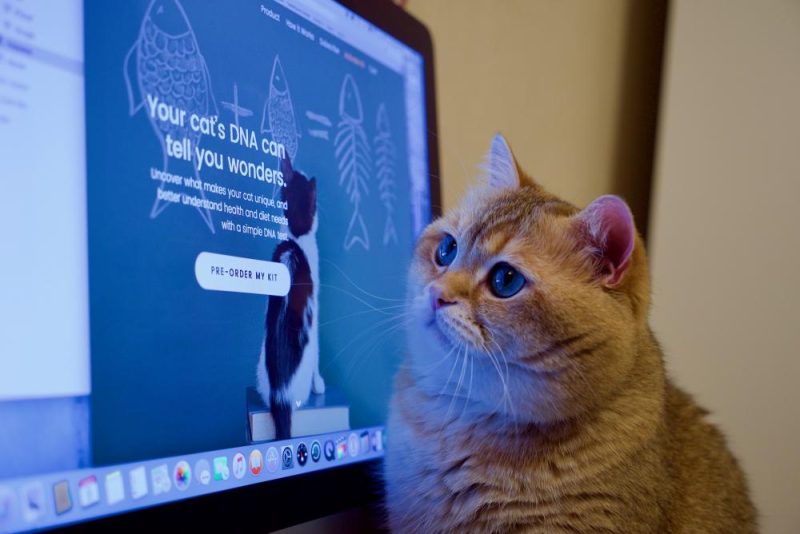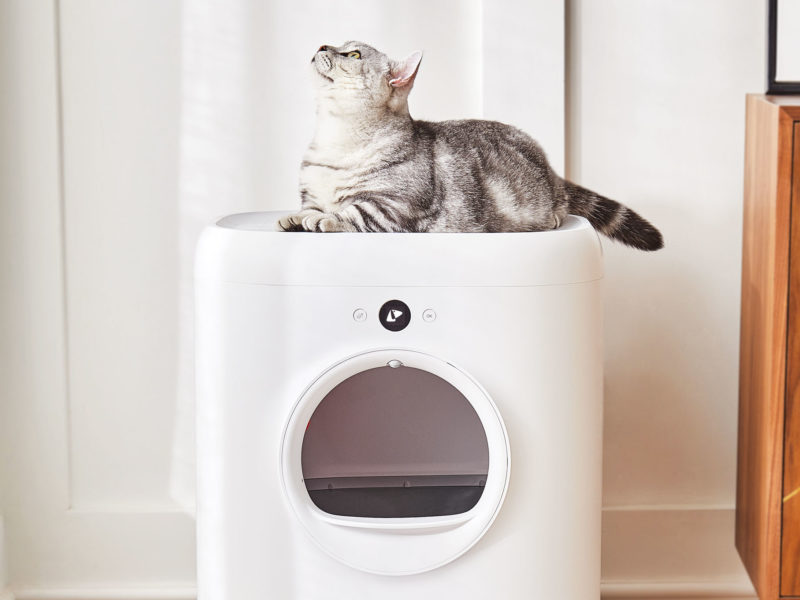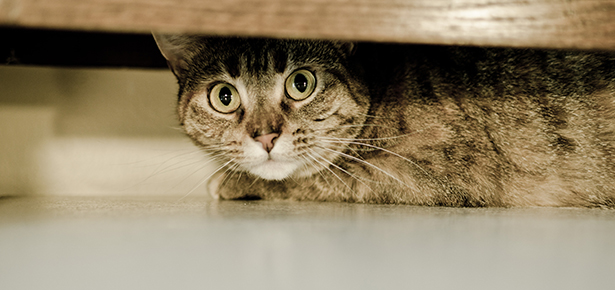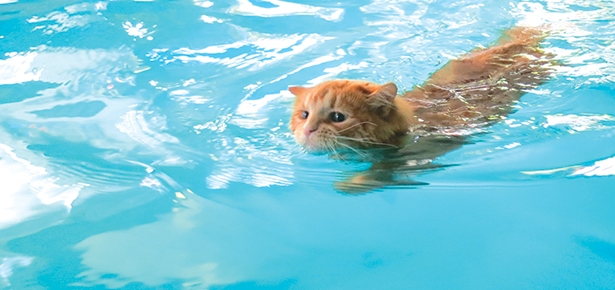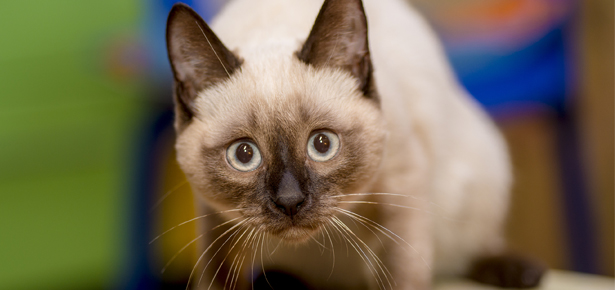

Preventing Diabetes In Cats
The signs, risk factors, and how to cope with cat diabetes
Diabetes mellitus (also called sugar diabetes) is becoming more common in our society. Genetics and lifestyle play an important role in humans; however numerous processes can contribute to the development of this disease. In addition to the rise of human diabetes cases, veterinarians are also seeing an increase in the prevalence of diabetes in cats.
Diabetes mellitus is characterized by an absolute lack or relative deficiency of insulin. The two most common forms of diabetes in people are Type 1 and Type 2, and most diabetic cats have a form that mimics human Type 2 diabetes. During digestion, nutrients from the cat’s diet are broken down into smaller components — like glucose — that the body can use as energy. Insulin, a hormone responsible for the regulation of glucose in the bloodstream, is produced by the pancreas. Glucose can only enter the cells to be used as energy in the presence of insulin. If there isn’t enough insulin, the body begins to break down fat and protein, leading to increased appetite and weight loss.
Dr. Audrey Cook, associate professor at the Texas A&M College of Veterinary Medicine & Biomedical Sciences, explained how diabetes can affect feline patients. “With this disorder, the body becomes resistant to insulin and more of the hormone is needed to keep blood sugar within the normal limits,” she said. “Eventually, the pancreas essentially gives up, and clinical signs of diabetes are evident. Although people with Type 2 diabetes can sometimes be managed with diet and exercise, cats usually need insulin injections. Some cats will go into remission after a few months and no longer need insulin; however, relapse is common.”
Signs of feline diabetes include weight loss despite an increased appetite, extreme thirst, and frequent urination. Depending on the severity of the disease, some cats can even become ill with a condition called diabetic ketoacidosis, in which the cat will need intensive care.
There are several risk factors for diabetes, but the most important one is obesity. Cats often live sedentary lives and can become markedly overweight. This puts a lot of stress on the pancreas and can result in diabetes. Other risk factors include a high carbohydrate diet, medications such as steroids, and chronic inflammation of the pancreas, known as pancreatitis.
Though diabetes is a serious disease in cats, there are prevention and treatment methods available. “Talk to your veterinarian about your cat’s bodyweight and take action, under medical guidance, if you cat is obese,” Cook said. “Cats can have problems with rapid weight loss, so you need to talk to your veterinarian about a safe weight loss plan before making any changes. The type of diet you feed is also important. Most cats should be fed a high-protein, high-fat, and low-carbohydrate diet. Good routine health care, including regular dental cleaning, may also be protective.” It is important to note that most cats are will require insulin injections to manage their disease, at least in the initial stages.
If you think your cat may be showing signs of diabetes, contact your veterinarian immediately. It is a serious condition but is often successfully managed through a joint effort between you and your veterinarian.
Join the newsletter and never miss out on cat content again!
"*" indicates required fields
By clicking the arrow, you agree to our web Terms of Use and Privacy & Cookie Policy. Easy unsubscribe links are provided in every email.





